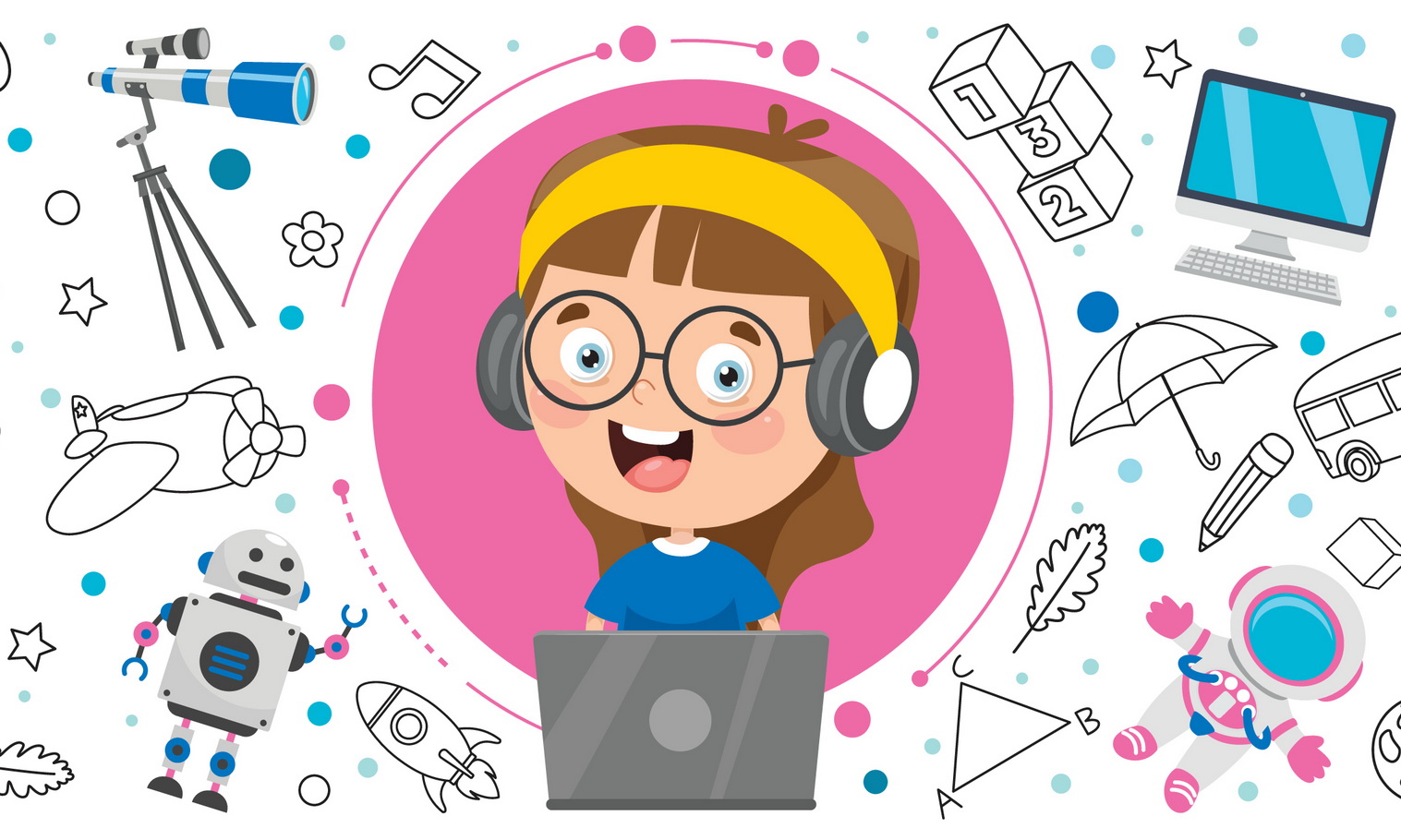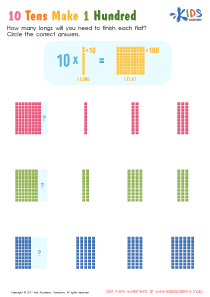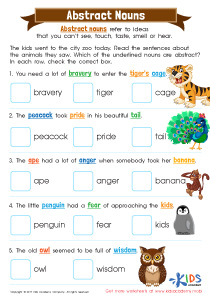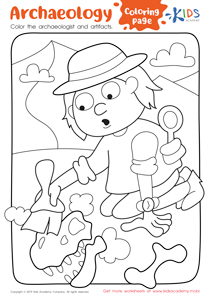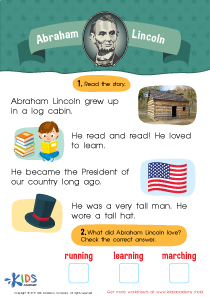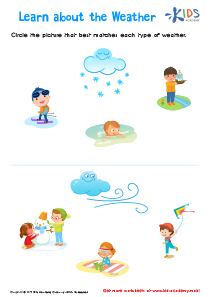Normal Reading Fiction worksheets activities for 8-Year-Olds
1 filtered results
-
From - To
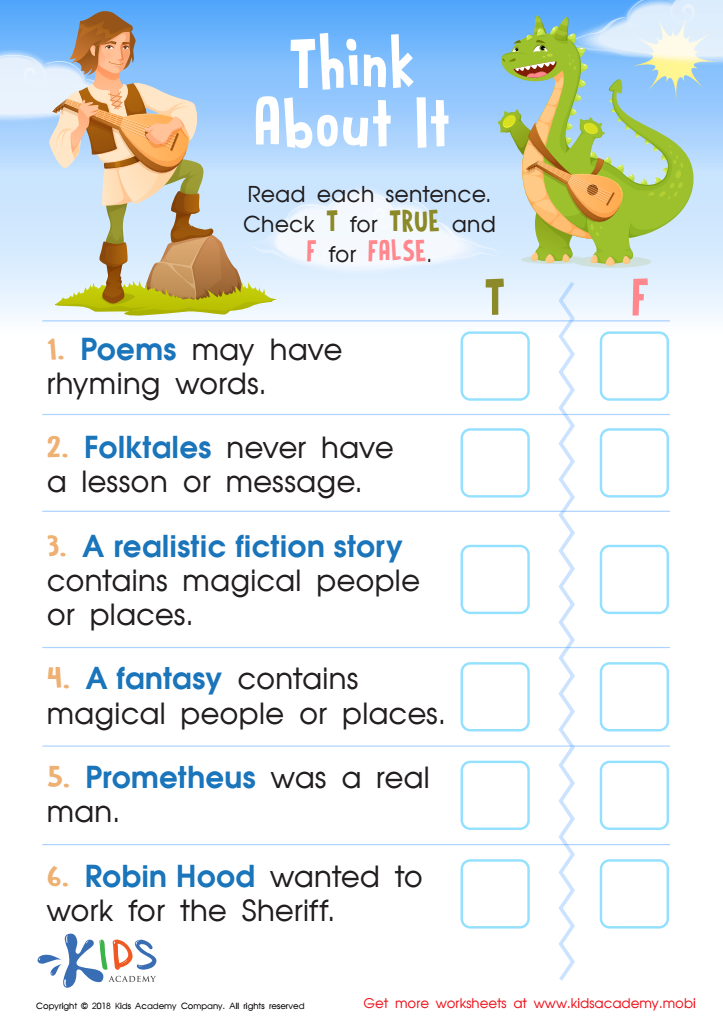

Think About It: Assessment Worksheet
Normal Reading Fiction worksheets activities are a staple in many educational settings, offering a structured and engaging approach to developing literacy and comprehension skills. These activities play a crucial role in encouraging students to delve into the world of fiction, exploring its richness and diversity. Here’s why Normal Reading Fiction worksheets activities are particularly useful for learners.
Firstly, these worksheets are designed to nurture a love for reading. By introducing students to a wide array of fictional genres, from classic literature to contemporary stories, learners are encouraged to explore different narratives and writing styles. This variety not only keeps their interest alive but also broadens their literary horizons, fostering a lifelong appreciation for reading.
Moreover, Normal Reading Fiction worksheets activities enhance comprehension skills. Through questions and exercises tailored to each text, students are prompted to think critically about the story, its characters, and the underlying themes. This deep engagement with the text improves their ability to understand and interpret complex narratives, a skill that is invaluable across all areas of study.
Another significant advantage is the development of empathy and emotional intelligence. Fiction often provides insights into diverse human experiences and perspectives. By engaging with characters’ emotions and challenges, students learn to empathize with others, boosting their emotional intelligence and social skills.
Additionally, these activities promote vocabulary expansion and language skills. As students encounter new words and expressions within their reading, they naturally enhance their linguistic repertoire, improving both their oral and written communication abilities.
Lastly, Normal Reading Fiction worksheets activities encourage critical thinking and creativity. By analyzing plot developments, character motivations, and thematic elements, students learn to think critically and make connections between the text and the wider world. Furthermore, discussing their interpretations and creating their own stories based on their readings stimulate their creative thinking processes.
In summary, Normal Reading Fiction worksheets activities are an essential tool in education, offering a multi-faceted approach to learning that enriches students’ academic and personal development. Through these activities, learners become more proficient readers, critical thinkers, and empathetic individuals, well-equipped with the skills needed for success in and beyond the classroom.
 Assign to the classroom
Assign to the classroom


